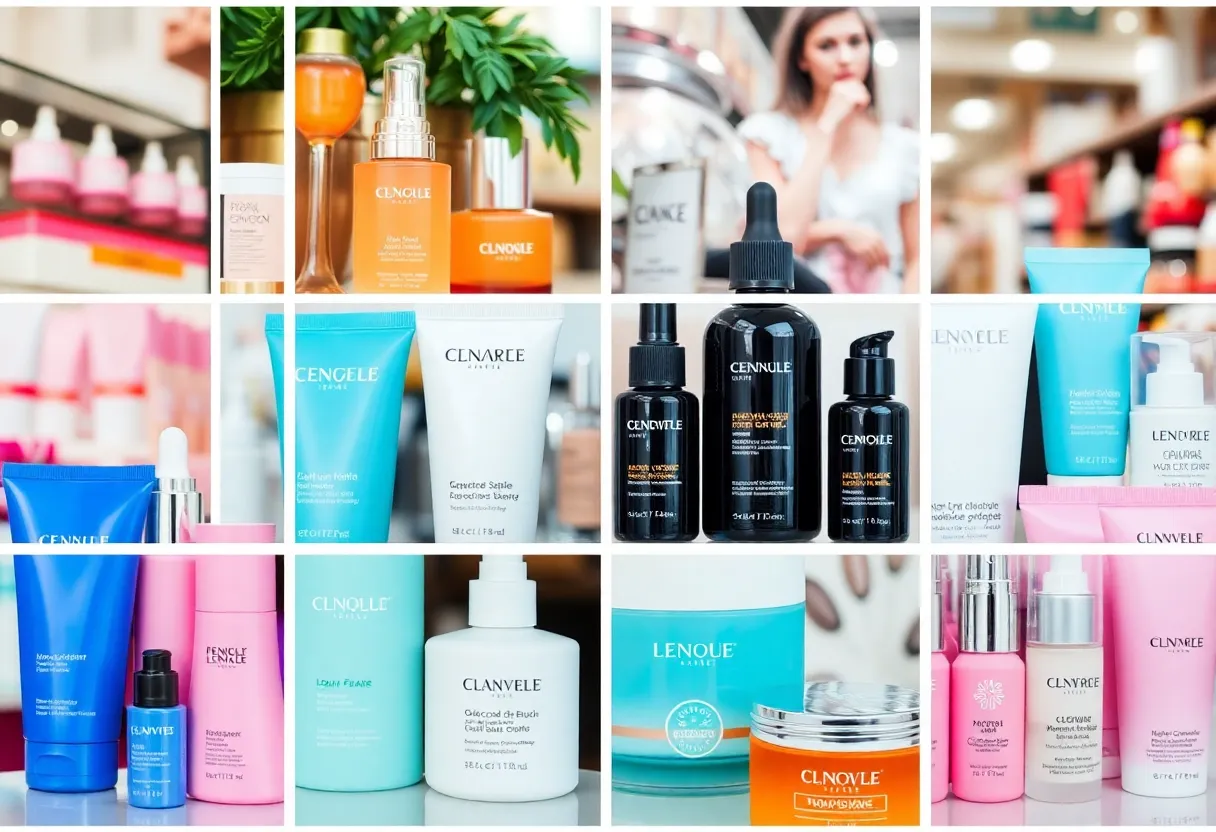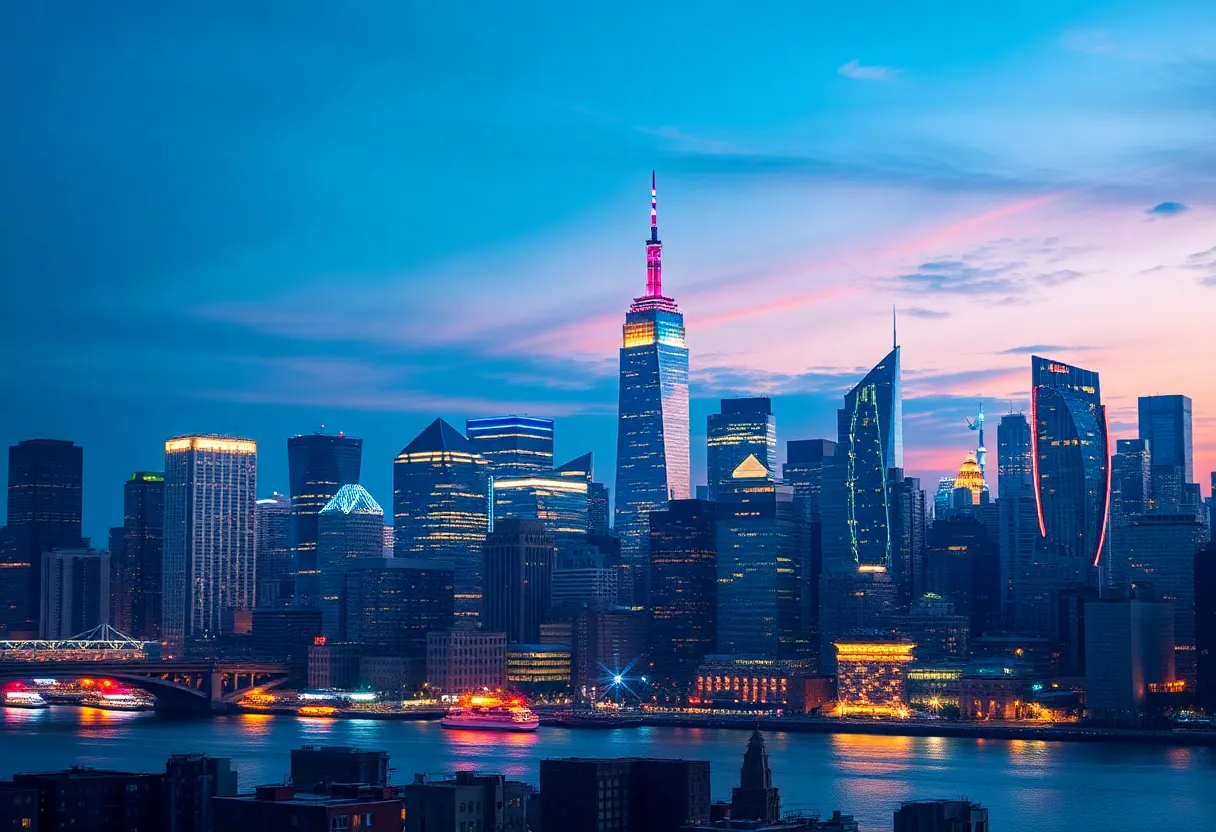News Summary
The beauty industry is experiencing a notable slowdown, with companies like Shiseido and e.l.f Beauty reporting significant sales declines. Despite the market’s projected growth, brands are reevaluating strategies to adapt to changing consumer behaviors. Key discussions focused on the impact of tariffs, consumer engagement, and the importance of building community loyalty, as industry leaders gather to address challenges and potential growth areas amid economic pressures.
New York City – The beauty industry is facing an unprecedented slowdown, with major companies reporting significant sales declines across various product categories. Shiseido has seen an 8.5% decrease in sales, notably affected by the performance of its prestige skincare brand, Drunk Elephant. Similarly, e.l.f Beauty experienced a sharp decline, with shares plummeting over 20% at the start of the year. This downturn has raised concerns regarding the long-term viability of the beauty sector, traditionally viewed as resilient in the face of economic fluctuations.
The global beauty and personal care market, however, is still anticipated to generate over $677 billion in revenue by 2025. Investment bank TD Cowen forecasts that Amazon’s beauty market share will increase from 10% in 2024 to 15% by 2030, positioning it as the second-largest player in the industry after Walmart. Despite these figures indicating a potentially thriving market, brands are now reevaluating their strategies to respond to changing consumer behaviors and economic pressures.
In response to the current market environment, essential discussions were organized by The Business of Beauty, including intimate networking sessions and an Executive Briefing event focused on market insights. Topics of interest included the impact of President Trump’s tariffs on K-beauty imports from South Korea and the shifting dynamics of consumer engagement.
Adjusting Strategies to A New Landscape
New research by Activate Consulting indicates that consumers are increasingly multitasking across various platforms and channels. Marketing leaders within the beauty industry recognize the importance of adapting to this changing consumer landscape, noting that sports, particularly women’s sports, are gaining traction as pivotal areas for engaging consumers effectively.
Moreover, beauty giants like L’Oréal Group and Estée Lauder are making strategic investments in longevity-based products. L’Oréal has invested in the biotech brand Timeline, while Estée Lauder is maintaining a partnership with Stanford focused on longevity. However, brands are cautioned against making unrealistic promises regarding product longevity, as transparency in product efficacy is increasingly demanded by consumers.
Additional Sales Declines
The overall decline in cosmetic sales has been echoed across various companies, with Coty reporting a 4% drop across its brands. Despite these challenges, there is optimism for growth, particularly in the body care market and in K-beauty products, which continue to resonate with consumers.
In light of these market conditions, leaders from prominent beauty brands came together at a breakfast roundtable in New York to discuss critical issues such as brand authenticity, channel mix, and differentiation. There was strong consensus on the necessity for connected commerce strategies and a multi-channel retail approach to meet evolving consumer preferences.
The Importance of Community and Engagement
To foster loyalty and brand authenticity, industry leaders emphasized the need to build community around beauty brands. This approach aims to create clearer messaging strategies and enhance consumer trust. Brands are also advised to focus on strategic planning following viral marketing successes, concentrating efforts on converting new customers into loyal advocates.
Overall, the beauty industry is undergoing a significant transformation in its approach to marketing and consumer engagement. As companies navigate the complexities of a slowing market, they are challenged to adapt to new platforms and meet the demands of an evolving consumer base. While challenges abound, the potential for growth remains, particularly for segments demonstrating resilience amidst headwinds.
Deeper Dive: News & Info About This Topic
HERE Resources
Recent Developments in New York City’s Real Estate Market
2025 Digiday Content Marketing Awards Highlight Innovative Campaigns
Additional Resources
- The Business of Fashion: Executive Roundtable on the New Growth Playbook
- Wikipedia: Beauty Industry
- Bloomberg: DIY Haircuts & The Lipstick Effect
- Google Search: Beauty Market Trends
- WWD: Top Beauty Trends from New York Fashion Week
- Encyclopedia Britannica: Makeup
- The New York Times: Teen Beauty Products Trends
- Google News: Beauty Industry Sales Decline

Author: STAFF HERE NEW YORK WRITER
The NEW YORK STAFF WRITER represents the experienced team at HERENewYork.com, your go-to source for actionable local news and information in New York, the five boroughs, and beyond. Specializing in "news you can use," we cover essential topics like product reviews for personal and business needs, local business directories, politics, real estate trends, neighborhood insights, and state news affecting the area—with deep expertise drawn from years of dedicated reporting and strong community input, including local press releases and business updates. We deliver top reporting on high-value events such as New York Fashion Week, Macy's Thanksgiving Day Parade, and Tribeca Film Festival. Our coverage extends to key organizations like the Greater New York Chamber of Commerce and United Way of New York, plus leading businesses in finance and media that power the local economy such as JPMorgan Chase, Goldman Sachs, and Bloomberg. As part of the broader HERE network, including HEREBuffalo.com, we provide comprehensive, credible insights into New York's dynamic landscape.





